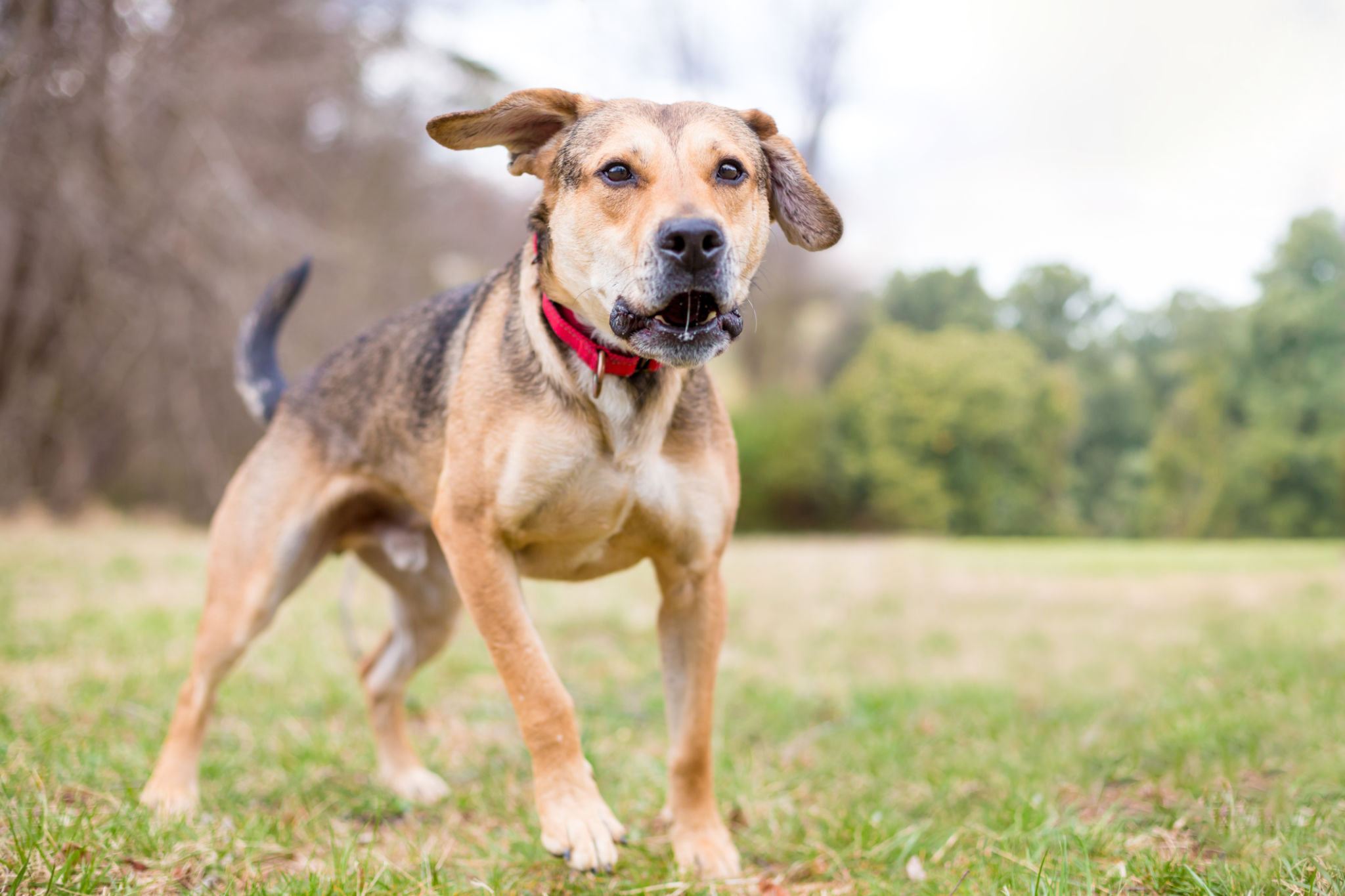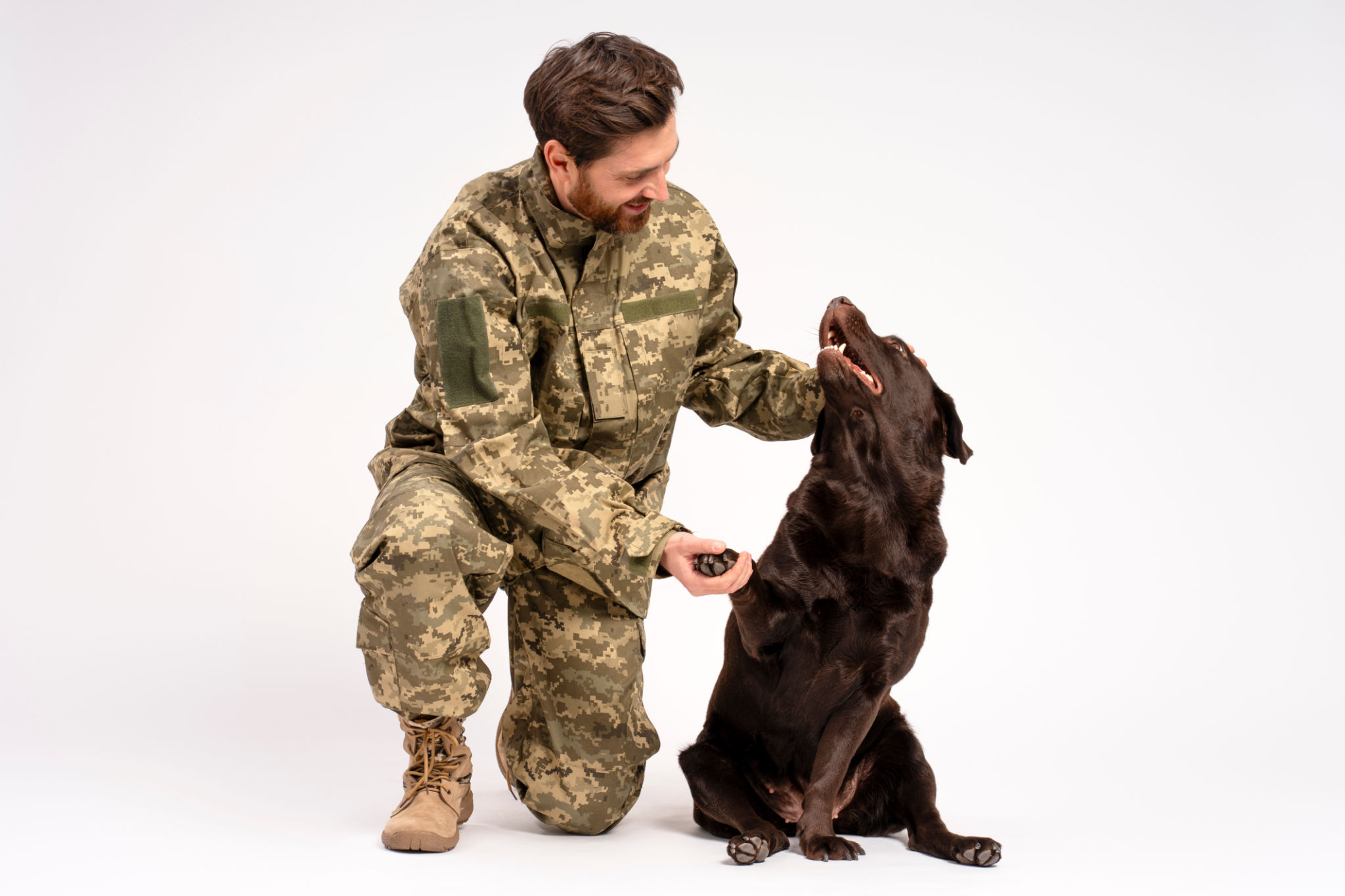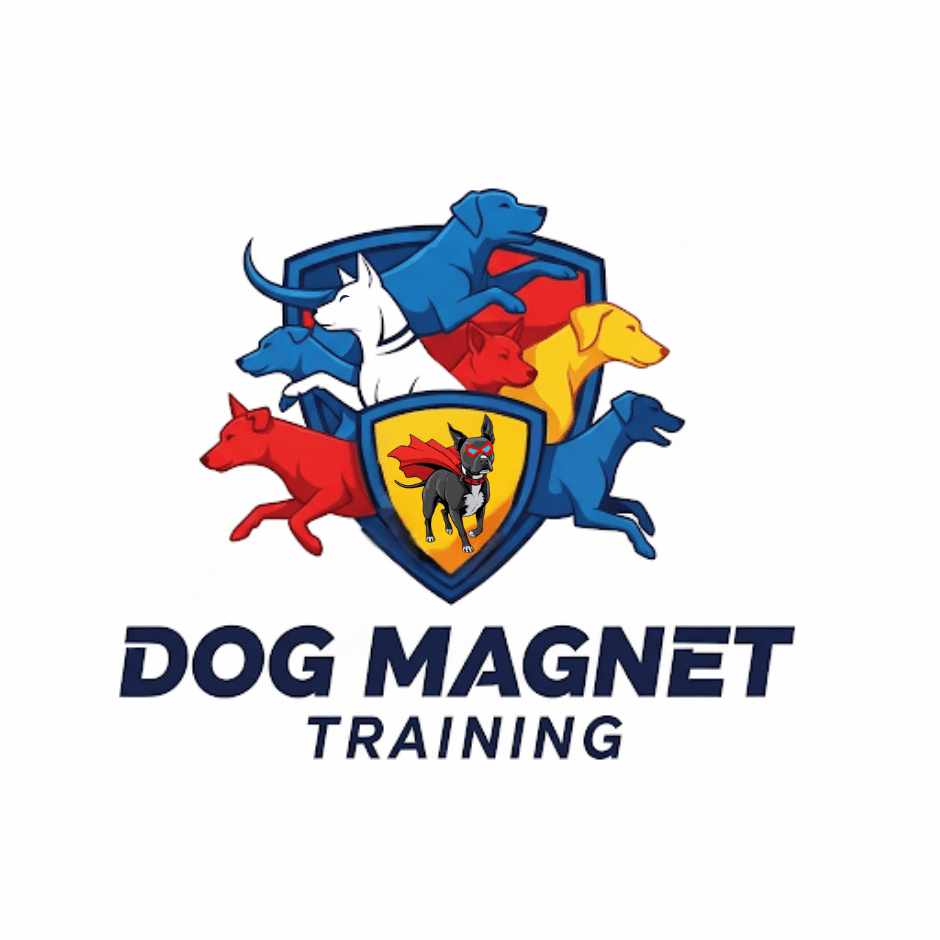Case Study: Transforming a Reactive Dog into a Model Canine Citizen
Understanding Canine Reactivity
Dogs are often seen as loyal companions, but not every dog starts off as the perfect pet. Many pet owners face the challenge of dealing with a reactive dog. A reactive dog is one that overreacts to certain stimuli or situations, such as other dogs, people, or even objects. This behavior can manifest as barking, lunging, or even aggression. Understanding the root cause of this reactivity is the first step towards a solution.
Reactivity in dogs is often driven by fear, anxiety, or frustration. These dogs may have had negative experiences in the past, leading to their current behavior. However, it's important to note that with the right approach, even the most reactive dogs can be transformed into model canine citizens.

Assessment and Initial Steps
The initial step in addressing canine reactivity is a thorough assessment. This involves observing the dog's behavior in various situations to identify specific triggers. Professional trainers or behaviorists often conduct these assessments to ensure accurate identification of the root causes.
Once triggers are identified, a tailored training plan can be developed. This plan usually includes desensitization techniques and counter-conditioning exercises to help the dog develop positive associations with previously troublesome stimuli.
Implementing a Structured Training Program
Consistency is key when transforming a reactive dog. A structured training program involves regular sessions that gradually expose the dog to its triggers in a controlled environment. Over time, this exposure helps reduce the dog's anxiety and reactivity.
Key components of a successful training program include:
- Positive Reinforcement: Rewarding the dog for calm behavior around triggers.
- Controlled Exposure: Gradually increasing proximity to triggers while maintaining a calm environment.
- Patience and Persistence: Recognizing that progress may be slow but steady.

Building Trust and Confidence
A significant part of transforming a reactive dog is building trust between the dog and owner. Trust is established through consistent training and positive reinforcement. It's crucial for the owner to remain calm and confident, as dogs often mirror their handler's emotions.
As the dog begins to associate positive experiences with previously negative triggers, their confidence grows. This change often results in fewer reactive episodes and an overall calmer demeanor.
The Role of Professional Help
While some owners may successfully manage reactivity on their own, professional help can be invaluable. Dog trainers and behaviorists bring expertise and experience that can accelerate progress. They offer guidance on advanced techniques and provide support for more challenging cases.

Celebrating Success
Transforming a reactive dog into a model canine citizen is a journey that requires dedication and effort. Each milestone—be it a calm walk in the park or a peaceful encounter with another dog—is worth celebrating. These successes reinforce the positive changes and encourage continued progress.
Ultimately, the transformation benefits not only the dog but also the owner, leading to a more harmonious and fulfilling relationship.
